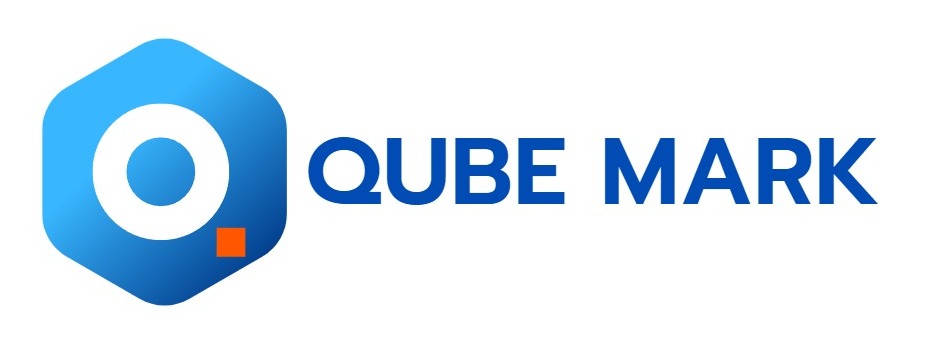Debt.com's weeklong financial education campaign aims to reduce debt stigma and empower consumers.
FORT LAUDERDALE, Fla., Feb. 12, 2025 -- Americans are carrying record levels of personal debt, yet many don't realize how long it would take to pay it off. Debt.com's inaugural Debt Awareness Week on February 17-23 aims to change that by encouraging financial education and helping consumers take a hard look at their debt burdens.
Debt Awareness Week was founded by Howard Dvorkin, CPA and chairman of Debt.com, who has spent three decades counseling Americans on the importance of managing debt responsibly. Despite his efforts, Dvorkin says one major challenge remains: many people don't perceive their personal debt as a problem.
"The latest data paints a sobering picture, but still a third of Americans are maxing out their credit cards, we feel there's safety in numbers," Dvorkin explains. "When everyone is in debt, no one feels like it's a problem. Debt becomes a way of life."
Debt by the Numbers: Why Awareness Matters
- Median Weekly Earnings: The average full-time U.S. worker earns $1,192 per week (~$62,000 per year) (U.S. Bureau of Labor Statistics).
- Total Consumer Debt: The average American owed $105,056 in 2024, a 0.8% increase from the previous year (Experian).
- Credit Card Debt: The average balance for cardholders with unpaid debt was $7,236 in Q3 2024, with total average credit card debt reaching $8,674 (Federal Reserve Bank of New York & U.S. Census Bureau).
Introducing the Debt-Free Day Calculator
A key feature of Debt Awareness Week is the Debt-Free Day Calculator—a tool designed to make debt feel real and actionable. For the average American earning $62,000 per year and carrying $105,056 in debt, it would take 20 months of their entire income to become debt-free—assuming they spent nothing on living expenses.
"When looking at credit card debt alone, the average person would need nearly two full months of pay to clear their balances," says Debt.com President, Don Silvestri. "With our Debt-Free Day Calculator users can determine how many days they must work this year just to cover their credit cards, student loans, auto loans, and personal loans which really shines a light on their financial wellbeing."
How it works:
- Add up personal debt
- Factor in annual income
- The calculator converts the result into the number of days needed to work to pay off the debt
- Visualizes the impact with a personal Debt-Free Day on a calendar
"Once you realize that you're working most of the year just to pay down debt, it really starts to sink in," Silvestri explains. "A lump sum like $20,000 in debt may not seem overwhelming, but when you break it down into days of your life, it hits differently."
A Nationwide Call for Financial Education
Debt.com has launched Debt Awareness Week to educate and empower consumers with the knowledge and tools to break the cycle of debt and take control of their financial futures. "If we can move Americans' Debt-Free Day closer, it will be a game-changer for millions," Dvorkin says. "It won't be easy, but it's not impossible. It just takes conquering our debts—one day at a time."
Join the Movement
Debt.com is calling on consumers, financial educators, and policymakers to take part in Debt Awareness Week by:
- Using the Debt-Free Day Calculator to understand and visualize debt burdens.
- Engaging in conversations about debt and financial education with family, friends, and community members.
- Accessing free resources on debt management, credit counseling, and budgeting at Debt.com/Debt-Awareness-Week.
About Debt.com
Debt.com is a leading resource for personal finance education, offering expert advice on debt relief, credit counseling, budgeting, and financial planning. Through educational initiatives like Debt Awareness Week, Debt.com is committed to helping Americans achieve financial freedom.
This News is brought to you by Qube Mark, your trusted source for the latest updates and insights in marketing technology. Stay tuned for more groundbreaking innovations in the world of technology.









